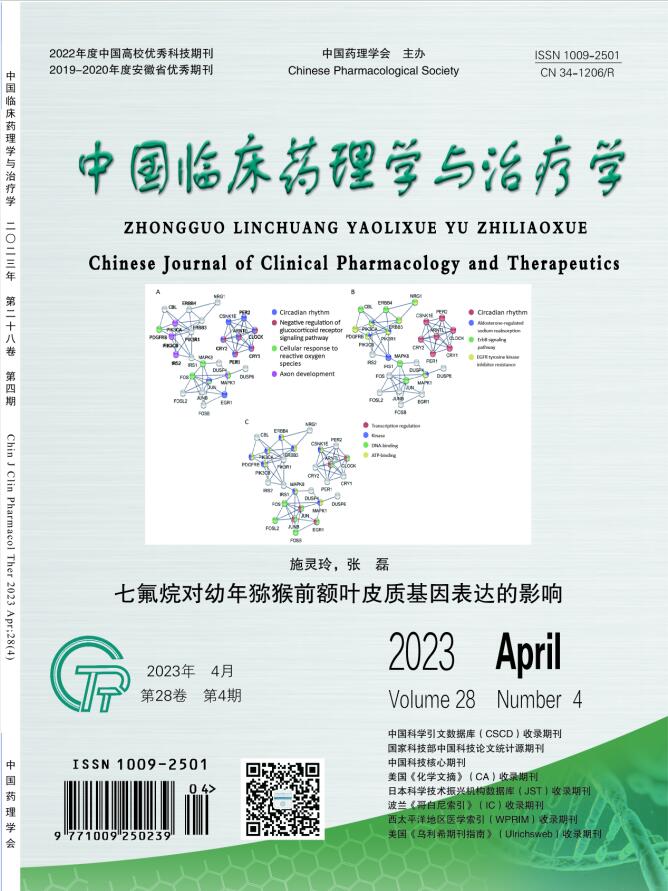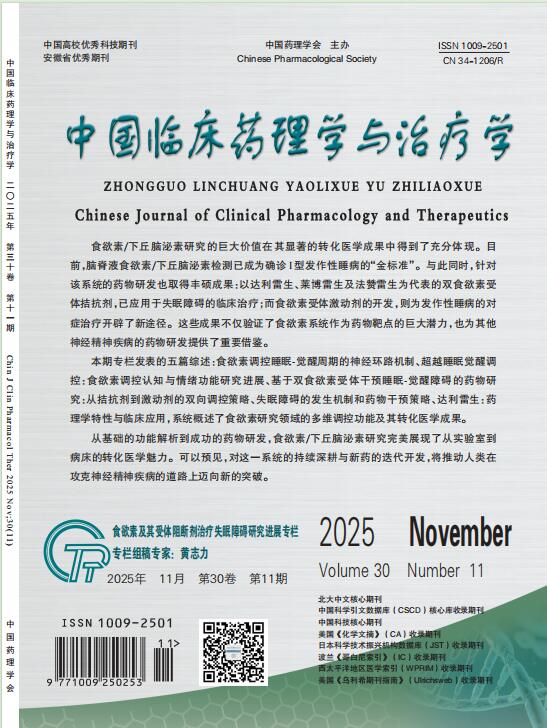AIM: To investigate the effect of Zhiwei Fuwei Pills (ZWFW) on the expression of mammali- an target of rapamycin(mTOR)/autophagy key molecule yeast Atg6 homologue (Beclin1)/microtubule-associated protein 1 light chain 3 (LC3) signaling axis key molecules in gastric antrum tissue of rats with precancerous gastric lesions (PLGC). METHODS: SPF SD rats were randomly divided into normal group, model group, folic acid group, ZWFW low-dose, medium-dose, high-dose group. In addition to the normal group, the model group, folic acid group, ZWFW low-dose, medium-dose and high-dose groups, were used to establish the PLGC rat model by five factors compound modeling methods: N-methyl-N'-nitro-n-nitroguanidine (MNNG) combined with hunger and satiation, ethanol intragastric administration, free drinking of ammonia and ranitidine feed. The rats were treated with normal saline, folic acid tablet aqueous solution (0.002 g/kg),ZWFW low-dose, medium-dose, high-dose aqueous solution (0.42, 0.84, 1.67 g/kg) for 4 weeks, and the stomach was removed by laparotomy. Hematoxylineosin (HE) staining was used to observe the histo-pathological changes in the antrum of rats, and real- time polymerase chain reaction (real-time PCR), Western blot(WB) and immunohistochemistry (IHC) were used to detect the expression of mammalian target of rapamycin mTOR, yeast Atg6 homologue 1 (Beclin1), microtubule-associated protein 1 light chain 3β(LC3B) mRNA and protein in the antrum of rats. RESULTS: Compared with the normal group, the Gastric antrum tissue of the model group was distended, thinner gastric wall, palegastric mucosa, atrophic and flat folds, disordered course and nodules and vegetations were visible. HE staining showed that compared with the normal group, the gastric mucosal glands in the model group were crowded and disordered, and the cell morphology was different, including a large number of goblet cells, basophilic cytoplasm, large, hyper-chromatic and irregular nuclei, and mucosal muscle infiltration and destruction. Compared with the model group, treated by ZWFW can significantly improve the pathological manifestations of gastric mucosal gland structure disorder and cell atypia. Compared with the normal group, mTOR mRNA and protein expression were significantly increased (P<0.05) and Beclin1 and LC3B mRNA and protein expression were significantly decreased (P<0.05) in the antral tissue of rats in the model group; compared with the model group, mTOR mRNA and pro- tein expression were decreased (P<0.05) in the medium and high dose groups of ZWFW, Beclin1 and LC3B protein expression in the antral tissue of rats in the low dose group of ZWFW and Beclin1 and LC3B mRNA and protein expression were increased (P<0.05) in the medium and high dose groups. CONCLUSION: Zhiwei Fuwei Pills can significantly improve the abnormal histopathological findings of gastric mucosa in PLGC model rats, and the mechanism may be related to the down-regulation of mTOR expression, up-regulation of Beclin1 and LC3B expression and then promoting autophagy.


